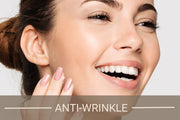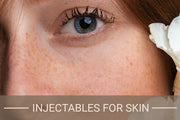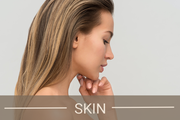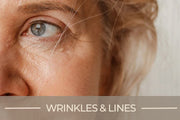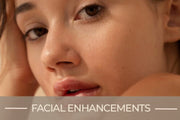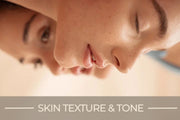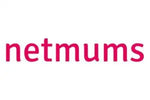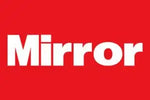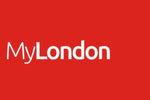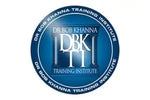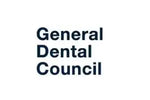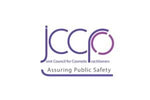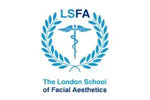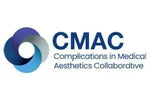Does Sun Exposure Impact Botox Results?
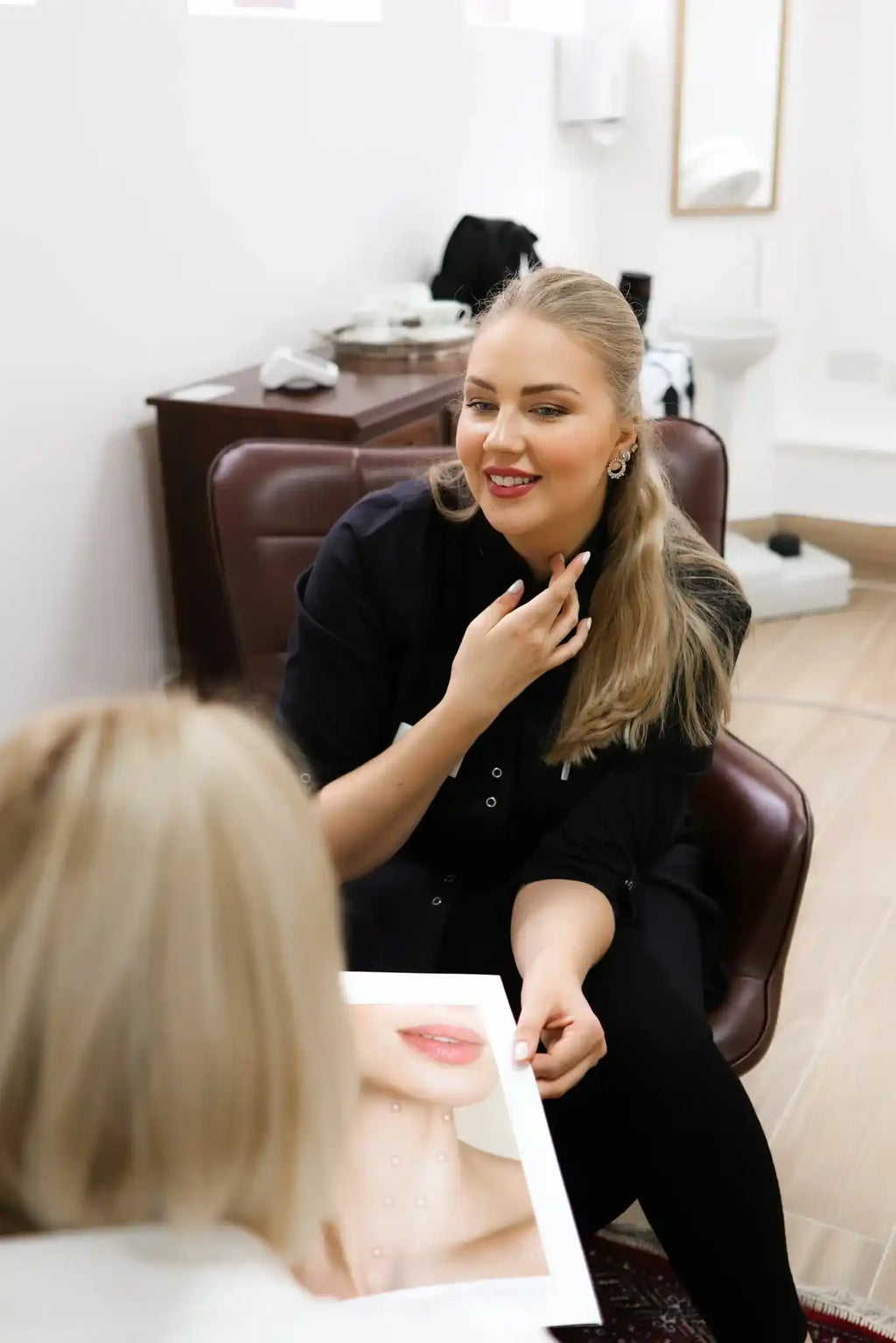
Does Sun Exposure Impact Botox Results?
By Dr Laura Geige, Medical Aesthetics Practitioner at It’s Me & You Clinic, Kingston upon Thames, Surrey, London
Anti wrinkle injections such as Botox® are prescription only medicines in the UK and can only be prescribed after a face to face consultation with a qualified prescriber. The following information is provided for educational purposes only and is not an advertisement or treatment recommendation.
Why Patients Worry About Sun Exposure After Botox
Sunlight is one of the most significant external factors influencing skin health. While anti wrinkle injections target underlying muscle activity, the condition of the skin covering those muscles also determines how refreshed results look. Many patients ask whether spending time in the sun after Botox makes results fade faster or creates complications. At It’s Me & You Clinic, we often discuss the importance of UV protection as part of a comprehensive treatment and skincare plan.
How Long Botox Results Normally Last
On average, results last three to four months though this varies from person to person. Longevity is influenced by metabolism, muscle strength, treatment dose and lifestyle. Factors such as diet and supplements, exercise, and skincare routines all play a role. Sun exposure adds another layer of influence by directly affecting skin quality.
Understanding UV Damage
Sunlight contains UVA and UVB rays which both affect the skin in different ways. UVA penetrates deeper and causes premature ageing through collagen breakdown. UVB causes surface burning and pigmentation. Together they accelerate wrinkle formation, pigmentation and loss of elasticity. Dr Carol Mastropierro, dermatologist, explains that “UV radiation is the strongest environmental accelerator of ageing. Even if muscle activity is reduced through Botox, skin that is poorly protected will still show lines, pigmentation and sagging.”
Does the Sun Directly Cancel Botox?
There is no evidence that UV rays deactivate the neuromodulator itself. The treatment continues to function at the level of the targeted muscles. However, the sun can compromise the skin covering those areas, which reduces the overall visible effect. Patients who undergo procedures like brow lift or crows feet Botox may still see lines return sooner if they spend long hours in unprotected sunlight because the skin around the eyes and forehead ages faster.
Heat and Healing
Immediately after injections, the treated areas are more sensitive. Excessive heat from sunbathing, saunas or hot yoga can increase blood flow, potentially raising the risk of swelling or bruising. Dr Snieguole Geige advises patients to avoid direct sun exposure in the first couple of days after treatment. She explains, “UV light is not the issue in those early days, it is the heat. Heat dilates vessels, increases redness and may affect how even the results appear.”
Long Term Effects of Sun on Results
Even after the initial healing stage, prolonged sun exposure accelerates skin damage. Patients who neglect SPF and spend years sunbathing often have deeper lines, uneven pigmentation and thinner skin. Dr Rimas Geiga, physician and nutritionist, highlights that “sun exposure increases oxidative stress, depletes antioxidants in the skin and accelerates collagen breakdown. This reduces the visible benefit of Botox even if the treatment itself is working.”
Protecting Your Skin After Botox
Daily SPF application is essential. Broad spectrum sunscreens with SPF 30 or higher protect against both UVA and UVB rays. Patients should reapply every two hours when outdoors and use additional protection such as hats and sunglasses. Dr Carol Mastropierro stresses, “sunscreen is not just for summer holidays, it is for every day including cloudy weather.” For patients receiving treatments like Baby Botox or lip flip, daily SPF helps sustain smoother skin in delicate areas.
Skincare Ingredients That Help Counter UV Damage
Topical antioxidants such as Vitamin C, Vitamin E and ferulic acid help neutralise free radicals caused by UV exposure. Retinoids, introduced gradually, stimulate collagen and repair photo damage. Hydrating serums with hyaluronic acid replenish moisture lost through sun exposure. These products do not extend the pharmacological effect of Botox but they preserve the quality of the skin that overlays treated areas. Our guide on skincare after Botox explains how to build an effective daily routine.
Outdoor Exercise and Sports
Many patients combine their treatments with active outdoor lifestyles. Running, cycling or tennis increase exposure to sunlight. Protective clothing, SPF sprays and shaded environments can reduce damage. This advice links closely with our article on exercise and Botox longevity, as physical activity and sun exposure often go hand in hand.
Professional Treatments for Sun Damaged Skin
For patients who already show signs of photo ageing, professional treatments can help. Options such as chemical peels, skin boosters and dermal fillers target different layers of skin damage. Dr Laura Geige explains, “Botox addresses muscle activity but photo damage requires direct skin treatment. Combining both creates more balanced results.”
Legal and Ethical Considerations
Since Botox® is a prescription only medicine, UK law prohibits direct promotion to the public. Lawyer Tautvydas Sutkus explains that factual educational content is permitted as long as it avoids encouraging treatment uptake. Articles like this aim to inform patients about lifestyle influences and safe practice, not to promote procedures.
Conclusion
Sun exposure does not directly cancel Botox but it undermines skin quality, accelerates ageing and reduces the visible benefits of treatment. Avoiding excessive heat immediately after injections, wearing daily SPF, using antioxidants and adopting protective habits are key to maintaining results. At It’s Me & You Clinic in Kingston upon Thames, we encourage patients to view Botox as one part of a wider skin health strategy that includes sun protection, skincare and lifestyle awareness. For broader insight into factors influencing results, see our parent article Botox Longevity and Optimisation and related guides on supplements and diet, exercise and skincare routines.

